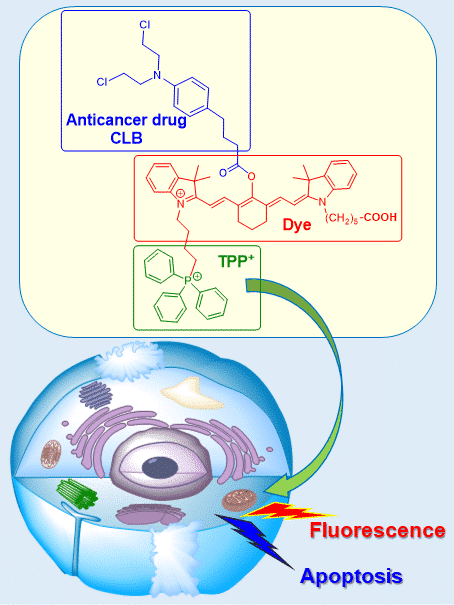
Development of mitochondria-specific carriers for targeting drug delivery system
Development of mitochondria-specific carriers for targeting drug delivery system
Arpita Panda*, Leonid D. Patsenkar, Gary Gellerman
Department of Chemical Sciences, the Faculty of Natural Sciences, Ariel University, Ariel, 40700, Israel
Targeted drug delivery (TDD) is an efficient approach for treating cancerous cells as the anticancer drug basically interacts solely with infected tissue leaving the healthy tissue behind and thus reducing a lot of side effects of cancer treatment. Cancer cell mitochondria controlling adenosine triphosphate (ATP) generation, redox homeostasis, metabolic signaling, and apoptotic pathways is the most attractive target for cancer therapy due to its principal role in programmed cell death. A known approach of selective targeting of cancer mitochondria consists in tagging a cationic triphenylphosphonium (TPP+) group to anticancer drugs, which is used in mitochondrial-targeted therapy. Fluorescent dyes equipped with the TPP+ group (e.g. MitoTrackersTM) are able to specifically stain mitochondria enabling assess mitochondrial mass and membrane potential.
Herein we have developed mitochondria targeting, TPP+-armed, heptamethine cyanine dye with switchable fluorescence. This dye can be coupled with anticancer drug such as chlorambucil (CLB) through the hydrolytically cleavable ester bond to yield the anticancer TDD systems. Upon the enzyme-mediated CLB cleavage this dye should change the emission wavelength indicating the drug release events and enabling monitoring of drug accumulation. This dye also comprises a carboxylic function, which can be used for further binding to biomolecules and carriers.

Powered by Eventact EMS